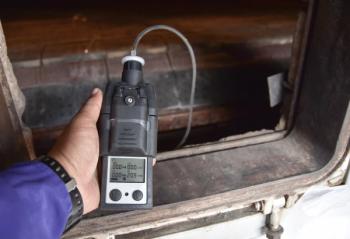
Lu Yang Joins Spectroscopy’s Editorial Advisory Board
Spectroscopy magazine is pleased to announce the addition of Lu Yang to its editorial advisory board.
Spectroscopy magazine is pleased to announce the addition of Lu Yang to its editorial advisory board.
Yang received her PhD from Carleton University, Ottawa, Canada, and is currently a research officer at the National Research Council of Canada (NRC, Ottawa, Canada). In her role at NRC, she leads research in applications of inductively coupled plasma mass spectrometry (ICP-MS) and multicollector (MC) ICP-MS.
Specifically, Yang’s research focuses on the development of the most accurate and precise methodologies for the determination, speciation, and isotopic analysis of trace elements using ICP-MS and MC-ICP-MS. The isotopic measurements for mercury, germanium, and indium from her laboratory have been adopted by the International Union of Pure and Applied Chemistry (IUPAC) as the best available isotopic composition measurements in the 2011 Table, and the 2011 atomic weights of mercury and germanium are based on her results. Yang has published 100 research papers.
Yang is a member of the IUPAC Subcommittee on Stable Isotope Reference Material Assessment under the Inorganic Division, and the Commission on Isotopic Abundances and Atomic Weights. She is also NRC’s representative at the Inorganic Analysis Working Group of the Consultative Committee for Amount Substance of the International Bureau of Weights and Measures. She is an Editorial Board member of the Journal of Analytical Atomic Spectrometry and currently serves as the director of Ottawa Valley for the Canadian Society for Analytical Sciences and Spectroscopy.
Newsletter
Get essential updates on the latest spectroscopy technologies, regulatory standards, and best practices—subscribe today to Spectroscopy.





